Building megalithic structures, dolmens, passage graves and corridor tombs created a sacred landscape for the Neolithic people that lived in Andalucia
By Nick Nutter | Updated 4 Jun 2023 | Andalucia | History |
Login to add to YOUR Favourites or Read Later
.webp)
-sm.webp)
Dolmen 65 in the River Gor complex
The Megalithic phenomenon started in western central Portugal about 4800 BC. It spread north into Brittany and thence to the UK and south and west into Extremadura and Andalucia.
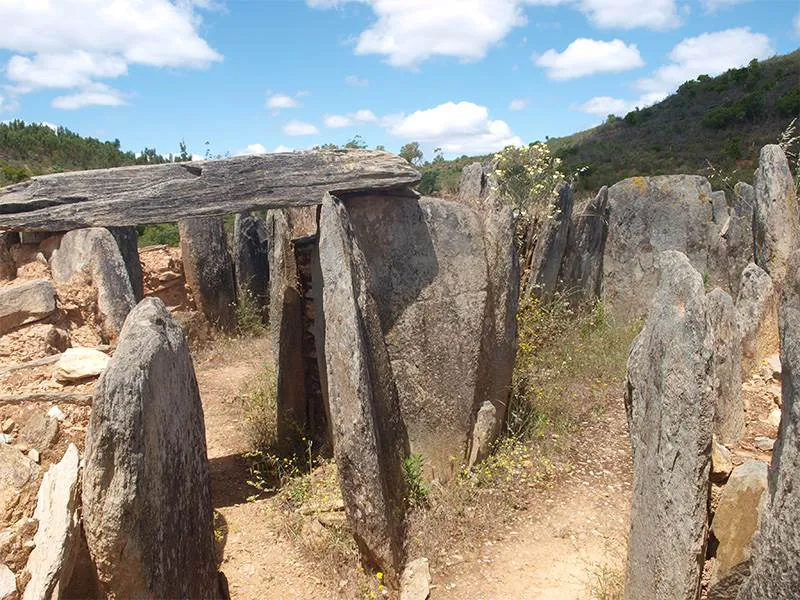
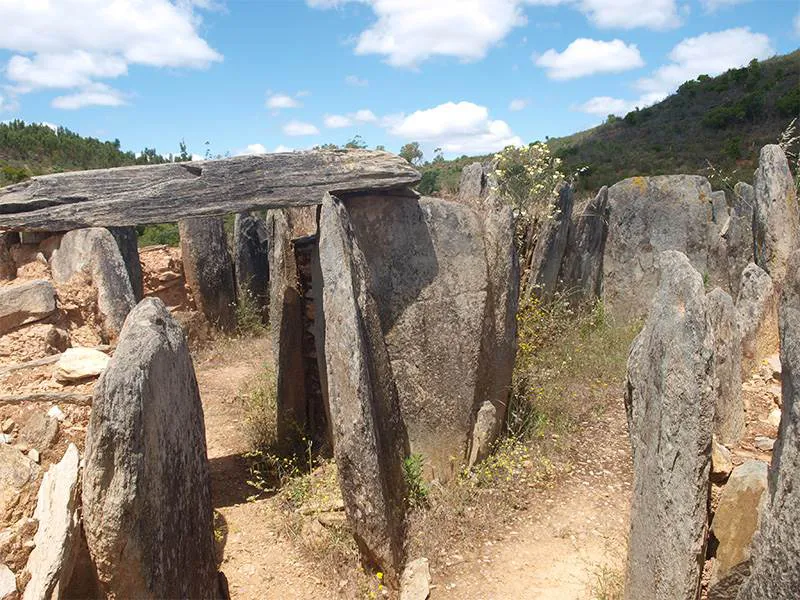
Dolmen 3 at Pozuelo
Megaliths, literally 'large stones', usually refer to standing stones (often called menhirs), stone circles, passage graves, tombs or dolmens, tholoi (a dome-shaped tomb built from bricks or shaped stones, usually with a capstone sometimes called a false dome tomb), and hypogea (a tomb excavated underground).
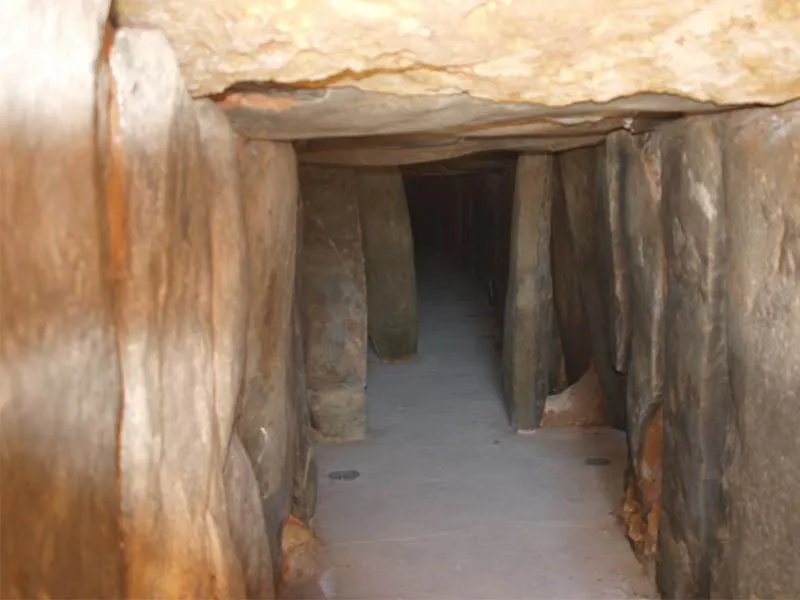
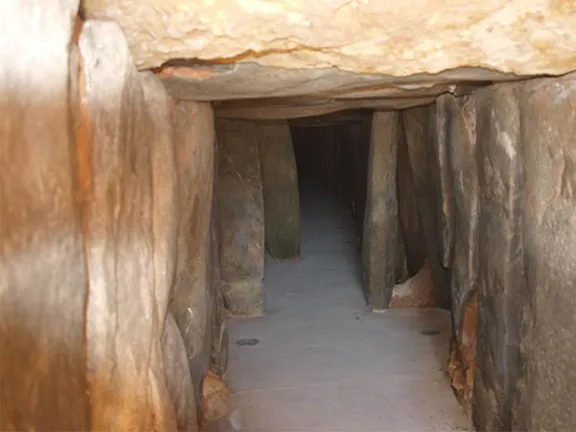
Entrabce to Dolmen Soto, corridor tomb
The first megaliths were built in Andalucia in the westernmost province, Huelva, from about 4000 BC (Alberite). The practice extended over the next few hundred years, via the valley of the Rio Guadalquivir and the passes between the mountain chains that run west to east, through to the easternmost reaches of Andalucia and beyond.
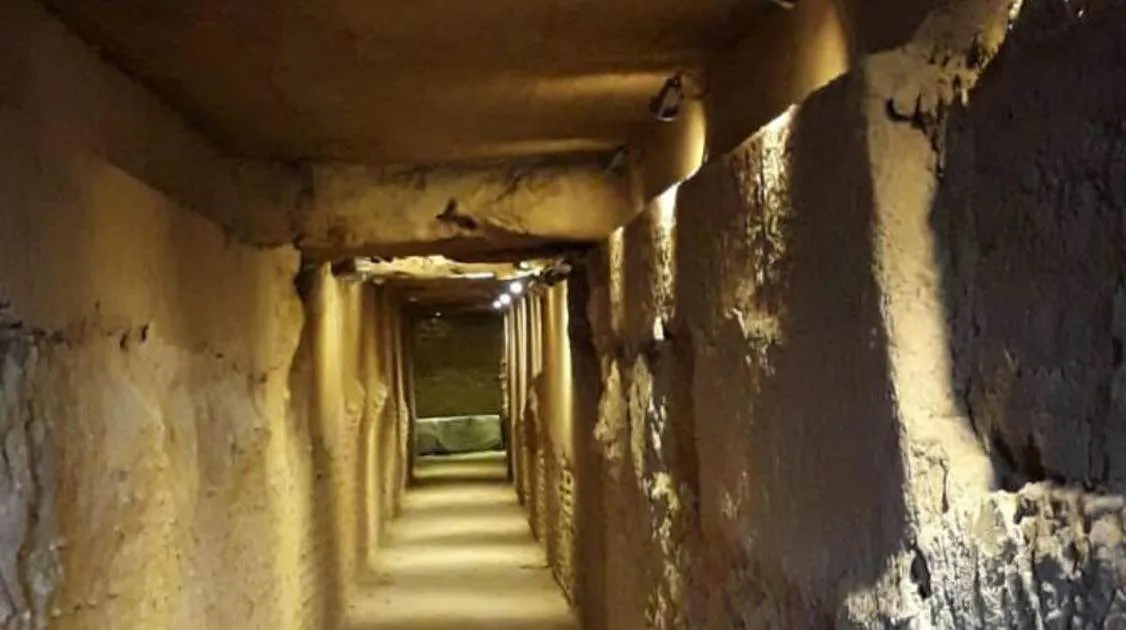
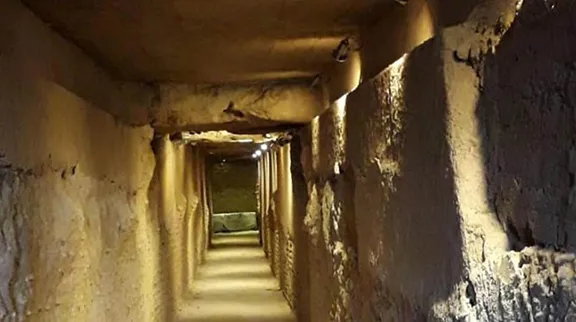
Entrance passage, Matarubilla, Valencina de la Concepcion
Menhirs and stone circles, whilst common in Portugal, are rare in Andalucia, mainly confined to the western part of the region although some menhirs were erected a little further east and then reused later in passage graves and dolmens. It appears that menhirs and stone circles were already largely redundant by the time the first passage graves and dolmens were erected in Andalucia.
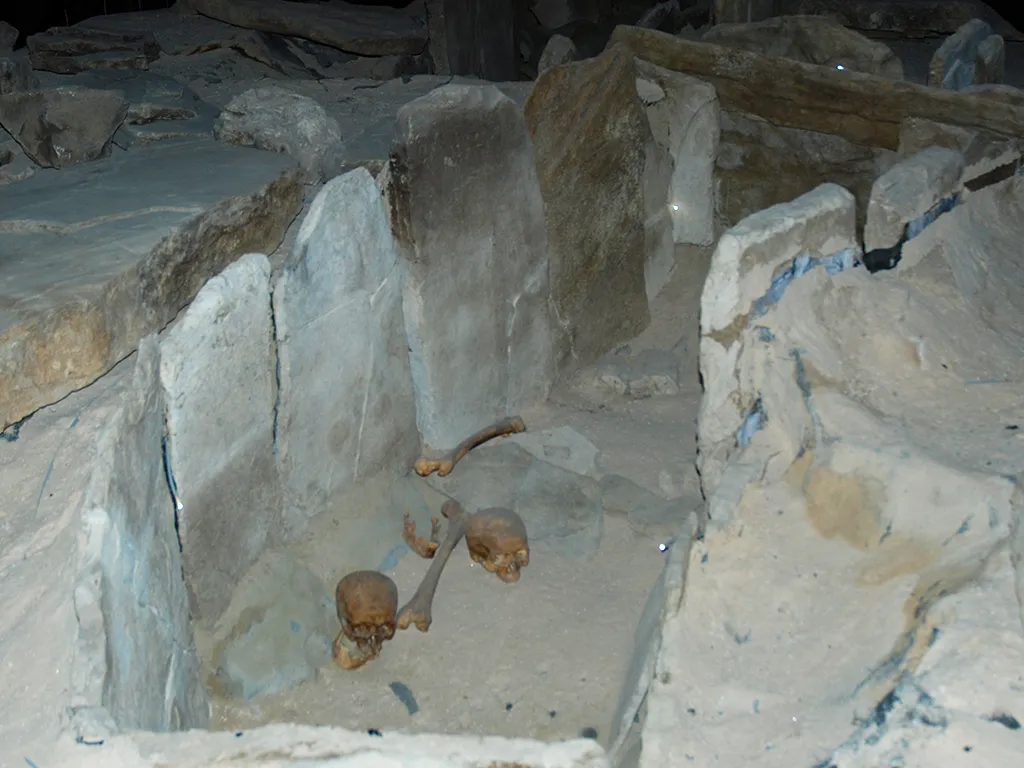
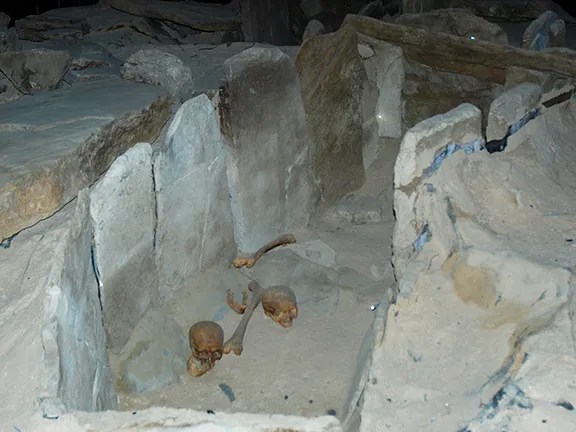
Passage Grave, Corominas, Estepona
Some megalithic constructions in Andalucia, such as the Dolmen de Soto and the dolmens of Antequera were huge affairs that required the work of hundreds of individuals. The vast majority are much smaller, such as those along the Rio Gor in Granada province, even these would have needed a dozen or so strong men to maneauvre the large stones.
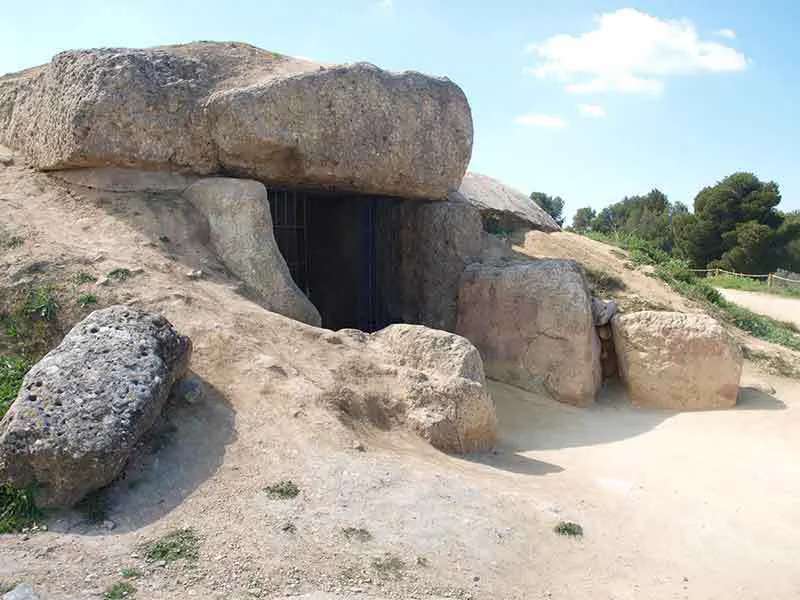

Dolmen Menga, Anteguera
Strictly speaking a dolmen is a megalithic structure, consisting of two or more uprights, orthostats, supporting one or more capstones. The entry to the chamber thus created is between two of the orthostats. Sometimes orthostats would be place at the entrance at right angles to the orthostats supporting the capstone, creating door posts – without the door. The result is known as a portal dolmen. There is some debate as to whether the structures were covered in earth and stone. In Andalucia it is generally assumed that they were covered to form a mound. Some of the simple dolmens in the megalithic complex at Gorafe in Granada province are of this type.
Some ‘dolmens’ have passageways of varying length leading to the portal beyond which is a chamber. These structures should properly be called passage graves. On occasion the passage will divide to give access to two or more chambers. The dolmens at Pozuelo in Huelva province are excellent examples.
Sometimes the final chamber is simply a higher, wider, part of the passage rather than being a distinct chamber. This type of funerary monument is usually called a corridor tomb.
Archaeologists and historians in Andalucia have at times been a little casual with the use of the word dolmen. The majority of dolmens in Andalucia are passage graves or corridor tombs.